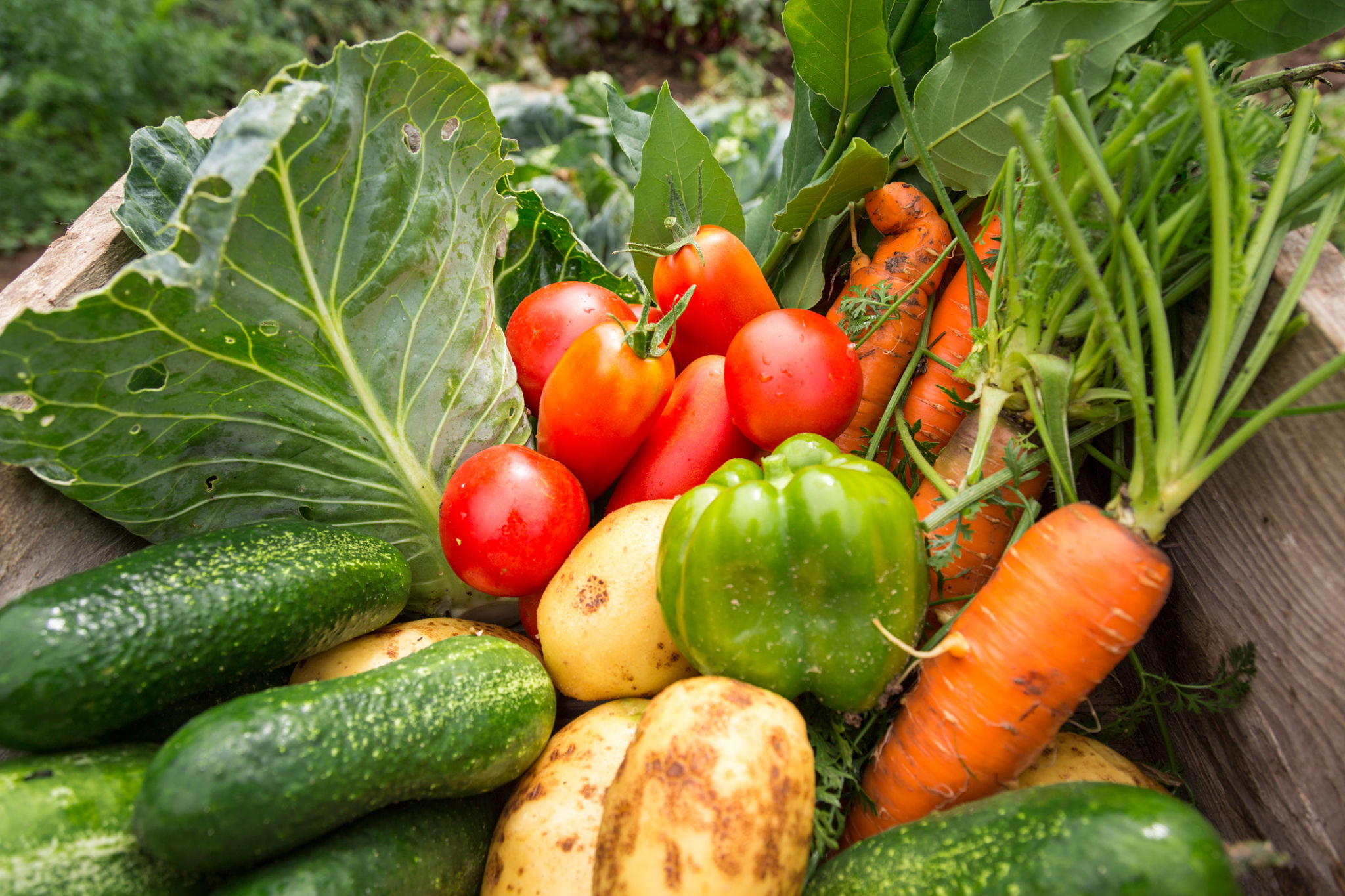DIY Edible Garden: A Step-by-Step Guide for Beginners
Getting Started with Your DIY Edible Garden
Dreaming of fresh, homegrown produce right at your fingertips? A DIY edible garden is the perfect project to embark on! Not only will it provide you with a sustainable source of fresh vegetables and herbs, but it also offers a rewarding hobby that can enhance your well-being. Whether you have a sprawling backyard or a small balcony, creating your own edible garden is within reach.

The first step in starting your garden is selecting the right location. Look for a spot that receives plenty of sunlight, ideally 6-8 hours a day. If space is limited, consider vertical gardening or using containers. Remember, the key to a successful garden is providing your plants with the right conditions to thrive.
Choosing What to Grow
When deciding what to plant, consider both your climate and personal preferences. Popular choices for beginners include tomatoes, lettuce, basil, and radishes. These plants are relatively easy to grow and offer a good yield, making them ideal starting points for your edible garden. Make sure to research the growing requirements for each plant, such as soil type and water needs.
Once you've chosen your plants, sketch a plan for your garden layout. This will help you make the most of your space and ensure each plant has enough room to grow. Group plants with similar needs together for more efficient care.
Preparing the Soil
Healthy soil is the foundation of a thriving garden. Begin by clearing the area of weeds and debris. Next, enrich the soil with organic matter such as compost or well-rotted manure. This will improve soil structure and provide essential nutrients for your plants.

If you're using containers, opt for a high-quality potting mix. This will ensure proper drainage and aeration, crucial factors in promoting healthy root growth. Remember to periodically test your soil's pH and nutrient levels, making adjustments as needed.
Planting Your Edible Garden
With your garden plan in hand and soil prepared, it's time to plant! Follow the instructions on your seed packets or starter plants regarding depth and spacing. Be mindful of the planting season; some vegetables prefer cooler temperatures while others thrive in warmth.
After planting, water gently but thoroughly. Consistent moisture is vital during germination and early growth stages. A layer of mulch can help retain moisture and suppress weeds, giving your new plants a better chance to establish themselves.

Caring for Your Garden
Regular maintenance is key to a bountiful harvest. Keep an eye out for pests and diseases, addressing any issues promptly to prevent them from spreading. Organic solutions like neem oil or insecticidal soap can be effective against common garden pests.
In addition to pest control, ensure you're watering consistently, especially during dry spells. As your plants grow, consider staking or providing support for taller varieties like tomatoes and peas.
Enjoying the Fruits of Your Labor
As harvest time approaches, savor the satisfaction of enjoying fresh produce from your own garden. There's nothing quite like the taste of homegrown vegetables and herbs in your meals! Regularly pick ripe produce to encourage continued growth and prevent overripening.

A DIY edible garden is not only a source of fresh food but also a fulfilling project that connects you with nature. With a little planning and care, you'll soon be enjoying the delicious fruits of your labor right at home.